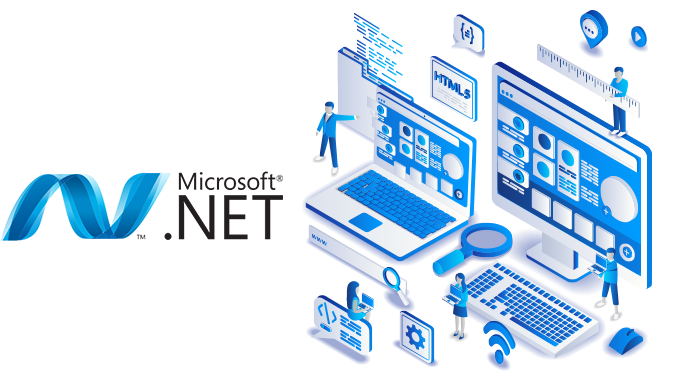Coming in 2020: .NET 5, The Next Phase of Microsoft's .NET Framework
Having just shipped .NET Core 3.1, Microsoft is turning its focus to the next stop on its .NET roadmap.
Due in November 2020, .NET 5 (no "Core" and no "Framework") will mark the transition from the aging, proprietary, Windows-only .NET Framework to a modern, open source, cross-platform .NET.
Microsoft has said the first .NET 5 preview is expected in the first half of 2020 combining separate source code streams such as .NET Framework, the existing .NET Core and Xamarin/Mono, and including components such as ASP.NET Core and Entity Framework Core.
"From the inception of the .NET Core project, we've added around fifty thousand .NET Framework APIs to the platform," Microsoft said back in May. ".NET Core 3.0 closes much of the remaining capability gap with .NET Framework 4.8, enabling Windows Forms, WPF and Entity Framework 6. .NET 5 builds on this work, taking .NET Core and the best of Mono to create a single platform that you can use for all your modern .NET code."
While .NET 5 will debut in November 2020, it won't be a long-term support (LTS) release, which are eligible for free support for three years. The brand-new .NET Core 3.1 is an LTS release, and they will ship every other year, so .NET 6 will be the next LTS offering, scheduled for November 2021. Going forward, Microsoft plans to ship major .NET releases every year in November, with even-numbered releases being LTS versions.
For now, Microsoft's .NET Core milestones page shows .NET 5.0 about 53 percent complete.
Highlights of .NET 5 include:Developers will have more choice on runtime experiences.Java interoperability will be available on all platforms.Objective-C and Swift interoperability will be supported on multiple operating systems.CoreFX will be extended to support static compilation of .NET, smaller footprints and support for more operating systems.
"The .NET 5 project is an important and exciting new direction for .NET," Microsoft said. "You will see .NET become simpler but also have broader and more expansive capability and utility. All new development and feature capabilities will be part of .NET 5, including new C# versions.
"We see a bright future ahead in which you can use the same .NET APIs and languages to target a broad range of application types, operating systems, and chip architectures. It will be easy to make changes to your build configuration to build your applications differently, in Visual Studio, Visual Studio for Mac, Visual Studio Code, Azure DevOps or at the command line."

